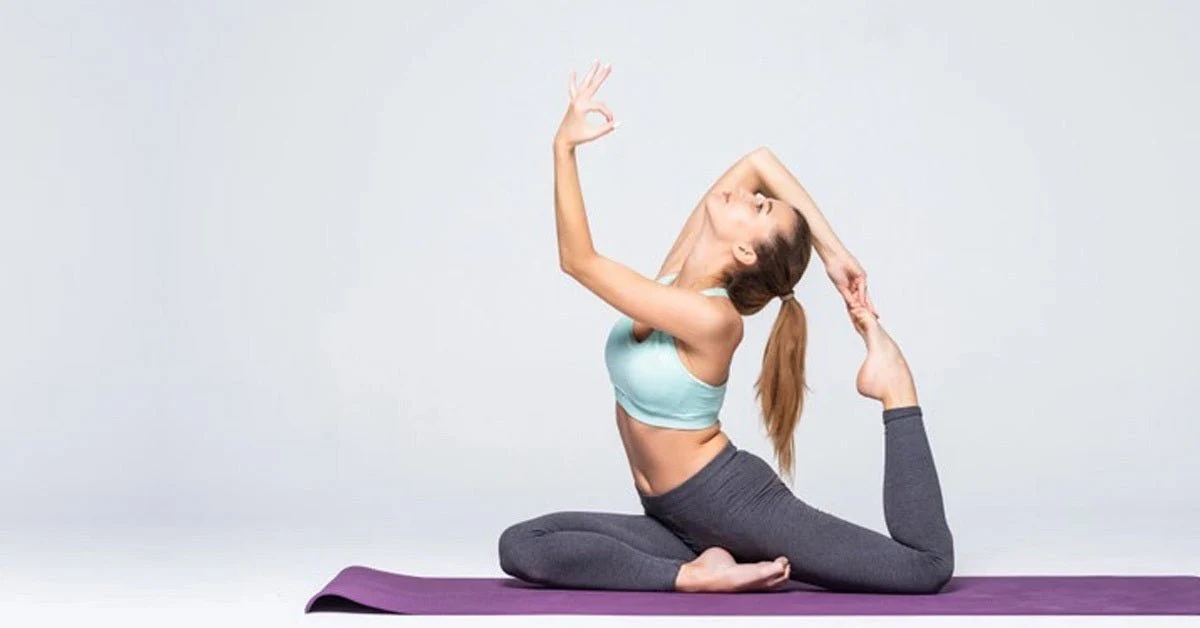- Published Date: 23-07-2025

Joints are the foundation of movement. From walking to sprinting, lifting weights to playing cricket, every physical activity depends on healthy, stable joints. When joints become stiff, inflamed, or misaligned, it can lead to pain, restricted movement, and long-term injuries.
While physiotherapy and medical care remain essential during recovery, yoga has emerged as a complementary practice that improves joint mobility, stability, flexibility, and balance — all without aggressive impact. At Noida Sports Injury Center, we recommend yoga as a safe, gentle, and effective way to prevent joint issues and support injury recovery.
Let’s explore how yoga can benefit your joints and which poses are ideal for both injury prevention and healing.
Unlike high-impact exercises, yoga is low load and high control. It promotes active range of motion while focusing on breath, posture, and alignment. Here's why it works wonders for your joints:
For those recovering from joint injuries, yoga helps restore mobility and rebuild strength gently without re-aggravating tissues.
Before including yoga in your joint care routine, keep the following in mind:
Here are yoga poses that gently mobilize and strengthen the shoulders, hips, knees, ankles, spine, and wrists, supporting overall joint function.
Benefits: Improves posture and joint alignment
This basic standing pose teaches how to distribute body weight evenly. It engages ankles, knees, hips, and shoulders in a safe neutral alignment.
Benefits: Strengthens glutes, lower back, knees, and hips
Excellent for postural correction and hip joint stabilization.
Benefits: Mobilizes the spine and strengthens lower back
This gentle backbend decompresses spinal joints and improves lumbar flexibility.
Benefits: Improves spine mobility, warms up shoulder and hip joints
A dynamic flow that encourages movement through the entire spine.
Benefits: Strengthens knees, hips, ankles, and shoulders
Teaches joint stability through an open hip stance and controlled limb extension.
Benefits: Opens hips, stretches ankles and lower back
A deep squat that encourages natural alignment of the pelvic and knee joints.
Benefits: Reduces joint inflammation, improves circulation
This restorative pose relaxes the lower back, knees, and feet — ideal post-rehab.
If you’re recovering from an injury, your yoga practice should focus on:
Avoid:
Our physiotherapists can guide you on joint-specific yoga modifications depending on your condition — whether it's post-ACL rehab, shoulder dislocation, or lumbar disc issues.
Yoga isn’t just physical — it strengthens your mental resilience, which is often tested during long injury recoveries. Regular practice
This makes yoga not just a supportive tool, but a healing companion in your recovery journey.
At Noida Sports Injury Center, we offer personalized yoga therapy sessions tailored to your injury, sport, and fitness goals. Our certified yoga experts collaborate with our orthopedic doctors and physiotherapists to ensure every pose you do supports your healing, flexibility, and future injury prevention.
Joint health is a long-term investment. Whether you are looking to prevent injuries, recover better, or simply improve mobility, yoga can be a safe and effective practice. When combined with medical care and physiotherapy, it creates a holistic recovery approach that supports your body, breath, and mind.